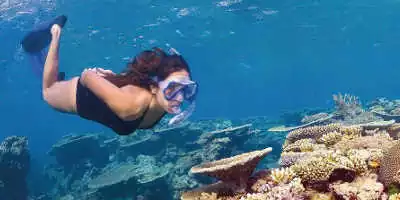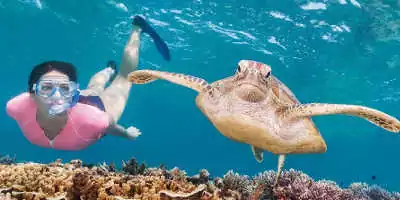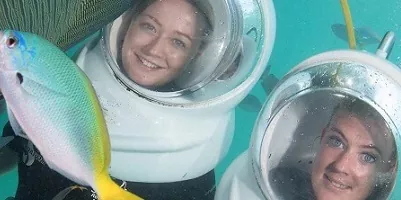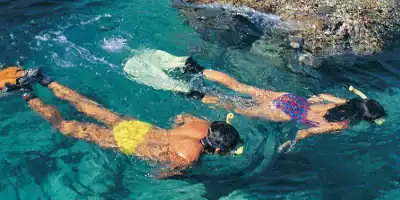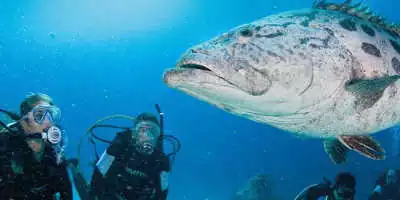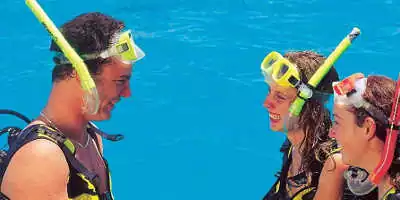
Coral of the Great Barrier Reef – A colourful underwater journey
Written by: Cameron Ward
Published: 09/01/2016
Reading time: 3 mins
The Great Barrier Reef is one of the world’s most iconic natural wonders and is a firm favourite attraction amongst visitors to the country. Made up of thousands of tiny islands and coral reefs, it boasts a unique ecosystem like nowhere else in the world.
There is a huge array of coral that lives in the reef, which help form the many bright and beautiful colours that make the region so majestic. There are around 600 different types of coral, all of which vary in size, shape, and colour.
Many people believe that corals are plants, but they are in fact colonies of very small animals known as coral polyps. These creatures are closely related to the jellyfish and come in two main types – hard and soft coral.
-
Hard Coral
The hard corals form the sturdy building blocks of the Reef and come about when the colonies of coral polyps start growing limestone skeletons in order to support themselves. The hard coral formations consist of thousands or millions of individual coral polyps, each of which have six smooth tentacles.
-
Soft Coral
The other type of corals are the soft corals, which are more flexible than the hard coral because they don’t have the limestone skeleton. These are the corals that are often mistaken for plants. Instead of six tentacles, this variety of coral has eight, which look feathery in appearance. It is the soft corals that come in vibrant colours, many of which are bright pink and mauve, and they form the home for numerous other marine species, like fish, prawns, and sea slugs. To ward off any predators, soft corals produce chemicals that acts as poison and grow spiky spicules which aren’t dissimilar to thorns on a rose.
The Feeding Habits of Coral
Corals get their food from a variety of different places. For the most part, the use the sun to make food, but they also eat plankton – tiny little animals and plants that float around in the water. Some types of coral also eat very small species of fish. In order to catch their prey, they use their tentacles to paralyse the creature they’re hunting.
Coral makes up a hugely important part of the Great Barrier Reef. Not only do they have a fascinating existence themselves, but they also provide the perfect habitat for some of the region’s best-loved marine life. By scuba diving or snorkelling, you can get up close and personal with this living, breathing ecosystem and learn more about it.
Related article: Top 5 Things to Do at the Great Barrier Reef!


